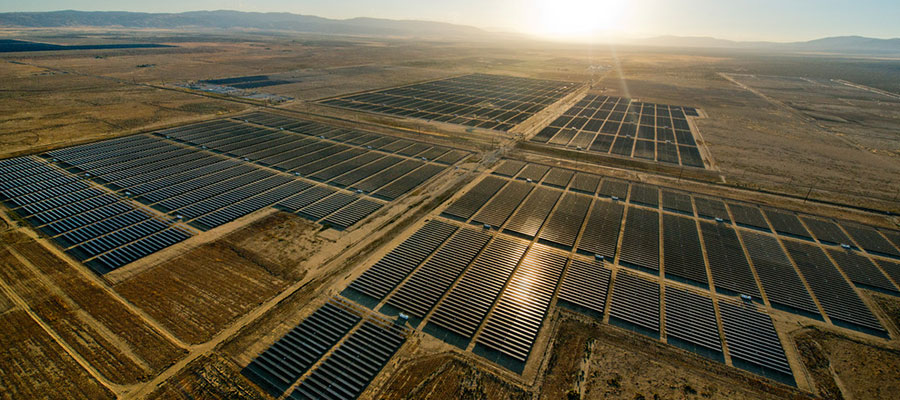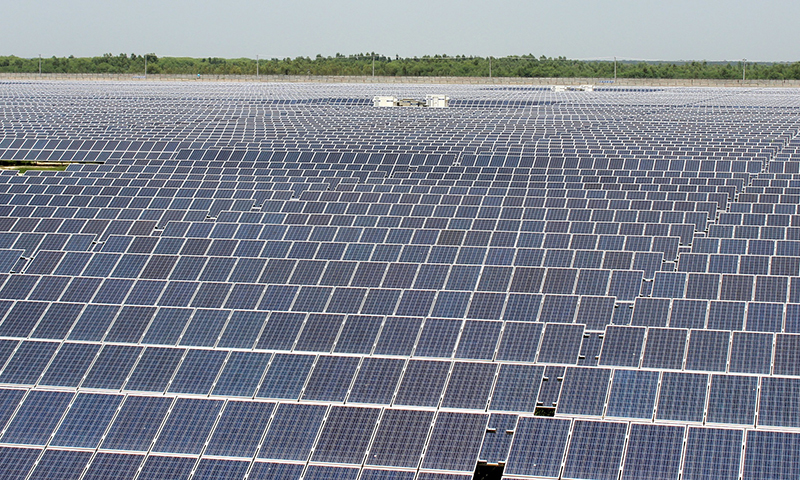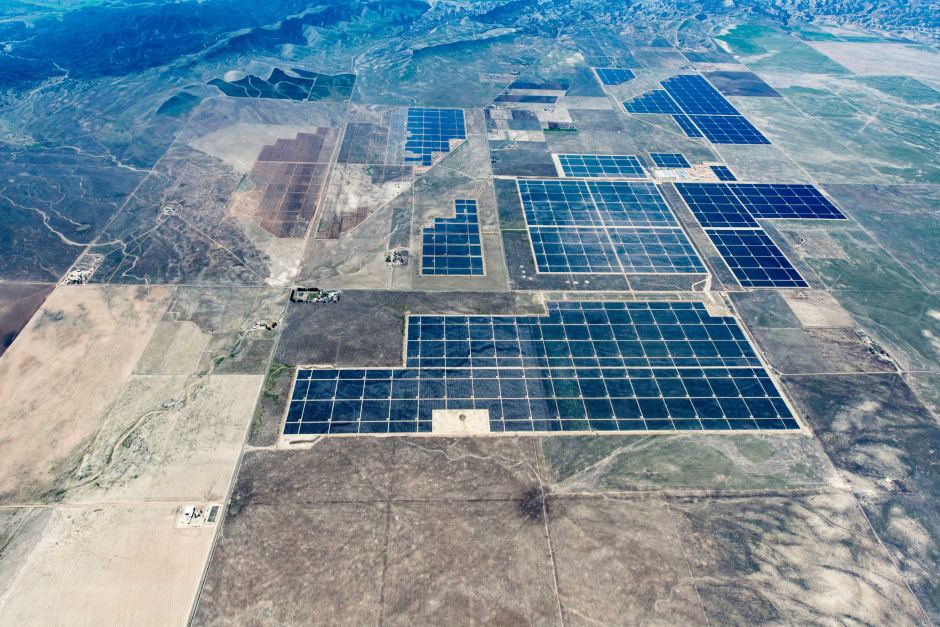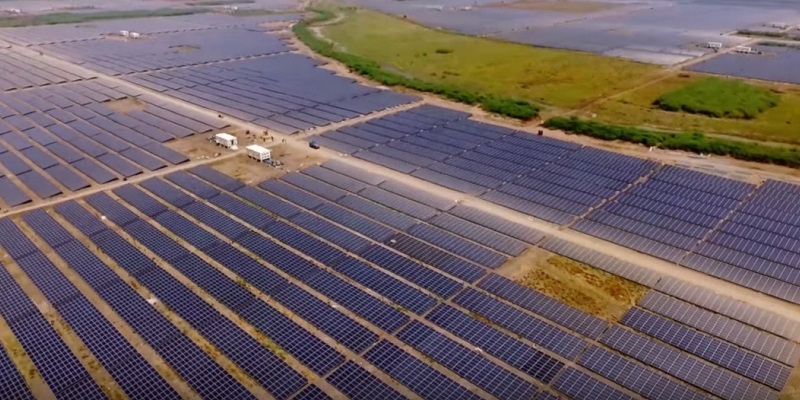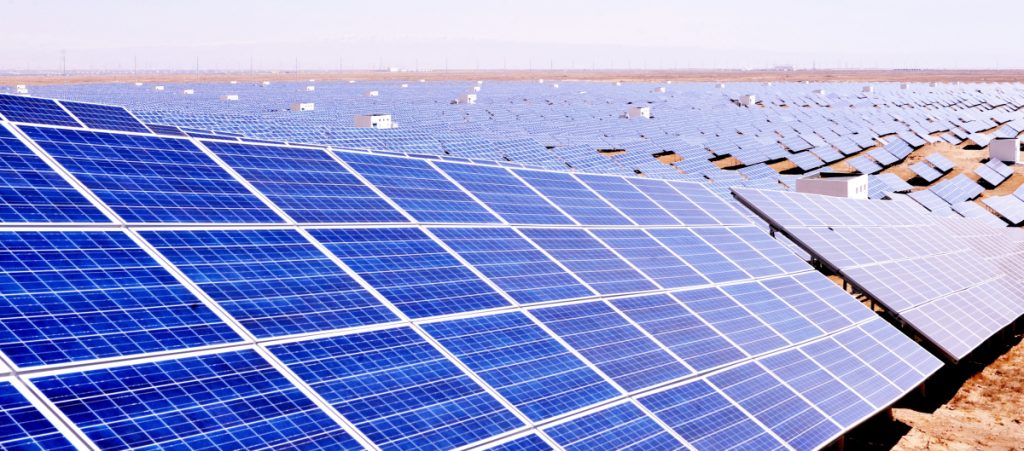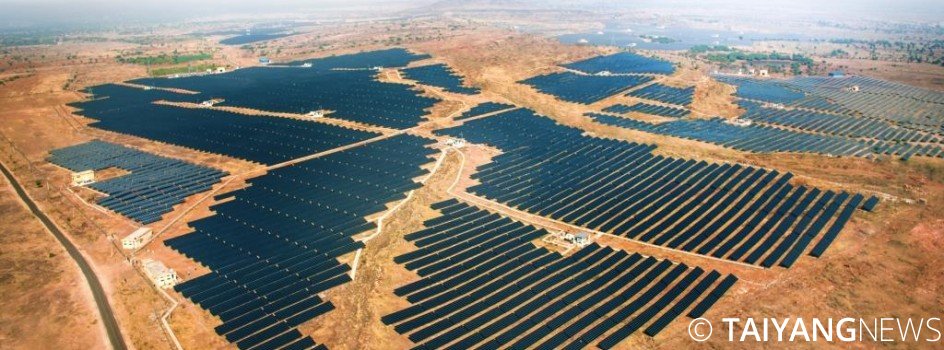India’s Kamuthi Solar Power Plant Smashes Records
Increasing interest in solar energy across the globe has recently seen the completion of some of the largest solar energy parks and farms ever designed. For many countries the driving force behind the establishment of these solar energy facilities has been an effort to cut down on the use of highly polluting fossil fuels such as coal used in power stations. For countries like China and India the use of these fuels has caused enormous environmental damage and increasingly dire situation as far as air quality is concerned.
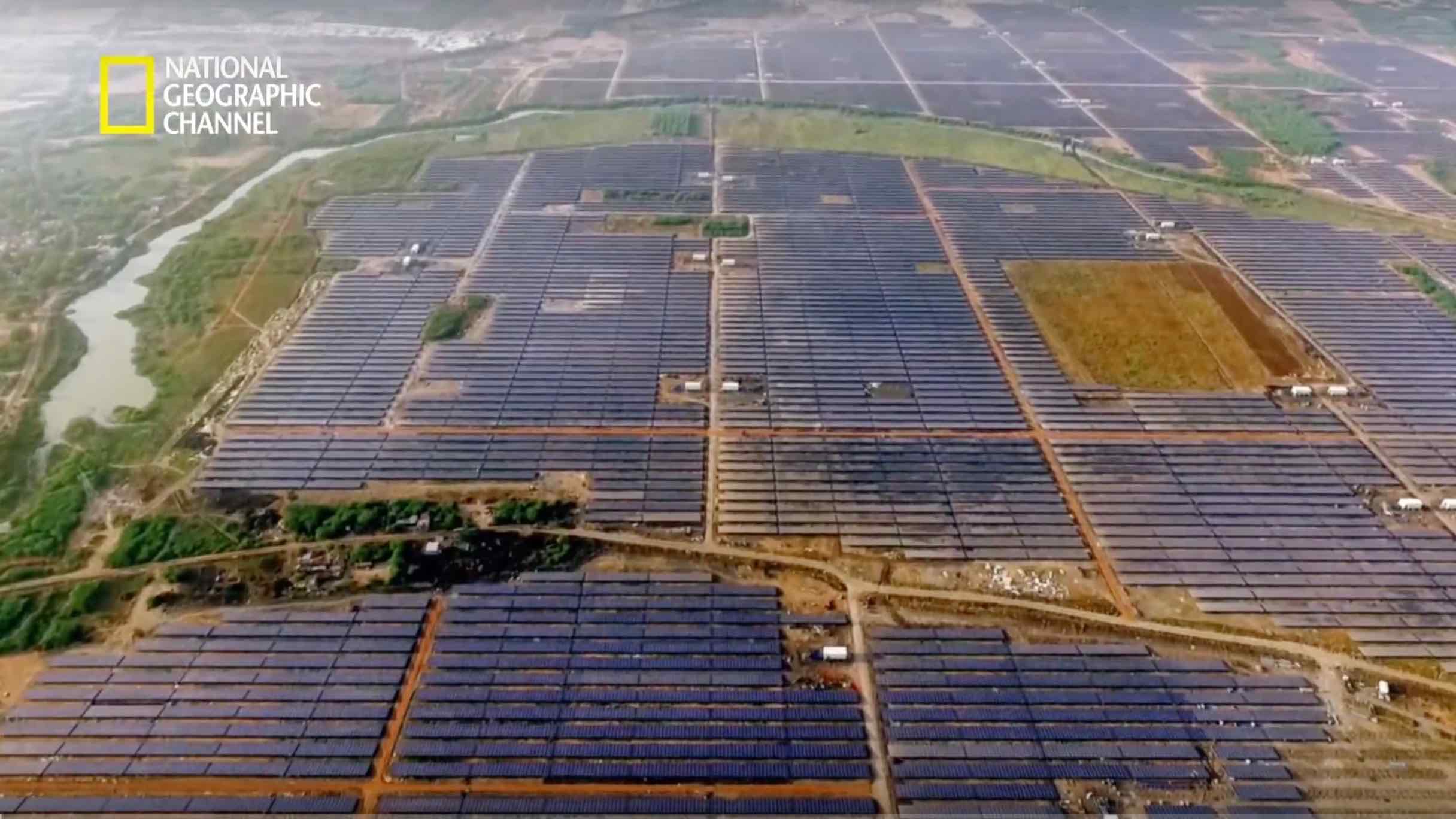
One of these mega projects that has recently been completed is the Kamuthi Solar Power Plant in India.
The scale of the project is breathtaking.
The plant which is in the state of Tamil Nadu covers an area of nearly 4 square miles. The output of the plant is also in keeping with its sheer size – it produces enough power to support 150,000 American type homes – 648 megawatts in total. The project produces 100 megawatts more than the Topaz Solar Farm in California which for many years held top honors as the largest in the world.
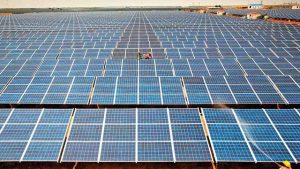 Everything about the project staggers the imagination. The cost alone was $679 million. The specifications of the equipment that is sued to keep the project producing energy is larger than life size. It required the sinking of 380,000 foundations and boasts a staggering two and a half million solar panels. The energy produced is harnessed by nearly 600 inverters and 154 transformers.
Everything about the project staggers the imagination. The cost alone was $679 million. The specifications of the equipment that is sued to keep the project producing energy is larger than life size. It required the sinking of 380,000 foundations and boasts a staggering two and a half million solar panels. The energy produced is harnessed by nearly 600 inverters and 154 transformers.
It’s not only the sheer scale of the project that is fascinating. Some of the technology being employed to keep it operational reads like something out of a science fiction novel. Take for instance the robotic cleaning system that keeps the panels clean and operating at maximum efficiency. this system is completely autonomous – and is also powered by solar energy.
The speed at which the plant was completed is also a source of wonder. The Topaz facility in California took two full years to complete. Although the Kamuthi plant is larger it was completed in a record 8 months. The Topaz plant also cost around $2.5 billion to bring online – Kamuthi with its bargain basement price of $679 million seems a bargain in comparison.
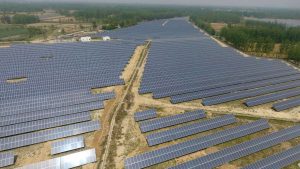
India is completely committed to increasing its use of renewable energy and the government is currently in the process of raising around $1 trillion to ensure that the country reduces its reliance on fossil fuels which is currently wreaking havoc with the environment.
Andhra Pradesh will be the focal point for further solar parks that will be even larger than the Kamuthi plant. The planning process for these additional plants is already well advanced and will see India maintaining its current position as one of the leading countries in the world when it comes to harnessing the power of solar energy.
India is fast approaching third spot behind China and the United Sates of America as leaders in the production of solar power.
The urgency of the roll out of further products was brought into sharp focus when analysis of the air quality of New Delhi was analyzed by the U.S. consulate and found to be well above what their analysts classify as ‘hazardous.’ The cost of the air pollution – both in terms of the effect of the quality of life and health of Indian citizens and the loss of productivity is difficult to quantify – but it is having a material impact on the development of the country.
Projects like Kamuthi will see India wean itself from it dependency on coal and remain a leading light in the use of solar.

